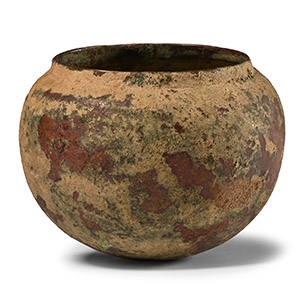Home > Auctions > 3 - 8 September 2024
Ancient Art, Antiquities, Natural History & Coins
Auction Highlights:
From a collection acquired on the UK art market from various auction houses and collections mostly before 2000.
From an important Cambridgeshire estate; thence by descent.
From a collection acquired on the UK art market from various auction houses and collections mostly before 2000.
From an important Cambridgeshire estate; thence by descent.
From a collection acquired on the UK art market from various auction houses and collections mostly before 2000.
From an important Cambridgeshire estate; thence by descent.
Acquired 1980-2015.
Ex Abelita family collection.
From a North Yorkshire, UK, private collection.
Acquired from Adam Partridge Auctioneers, Macclesfield, UK.
Property of Mr A.B., an American collector.
Ex Robin Symes Gallery, London, UK, 1990s.
From a Leicestershire, UK, collection.
Cf. Curtis, J., An examination of late Assyrian Metalwork with special reference to Nimrud, Oxford-Oakville, 2013, pl.LXXXVIII.
Fibulae with triangular bows (type 3 of Curtis classification) were the most common in Assyria. At least 66 bronze examples have been found at Nimrud, 32 in the graves and tombs at Ashur, 14 at Kouyunjik (some of them represented only by fragments), three at Nebbi Yunus, six at Khorsabad, three at Sharif Khan, all fragmentary, and single examples at Tell Billa and Tell al Rimah.
From a collection acquired on the UK art market from various auction houses and collections mostly before 2000.
From an important Cambridgeshire estate; thence by descent.
Cf. The Metropolitan Museum, New York, accession number 74.51.5468, for similar.
Ex London, UK, gallery, 1971-early 2000s.
Property of a London gentleman.
Cf. Sarianidi, V., Myths of Ancient Bactria and Margiana on its Seals and Amulets, Moscow, 1998, figs.84,89,90, for similar.
The object belongs to a large class of compartmented seals, characteristic of this area. These stamps were frequently produced in either copper or bronze and would feature distinctive figural or geometric patterns such as floral and cross motifs, or animals such as goats, snakes, scorpions and mythical beasts. The wild goat or markhor or ibex Shumashti Siru, was a tribal animal subject to representation on the most ancient Bactrian seals.
Ex Simmons Gallery, London E11, UK, in the 1990s.
From a North London collection.
Acquired before 1990s/early 2000s.
From the family collection of Jack Lyttle (1944-2023), Kilmacolm, Scotland; thence by descent to his granddaughter.
Property of an East Sussex, UK, gentleman.
Collected from 1969-1999.
From the collection of the late Mr S.M., London, UK.
Acquired 1980-2015.
Ex Abelita family collection.
829 - 840 of 3369 LOTS

.jpg)

.jpg)
.jpg)
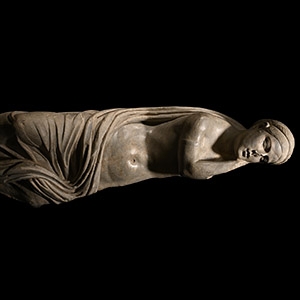
.jpg)
.jpg)

.jpg)
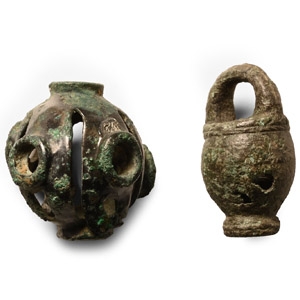

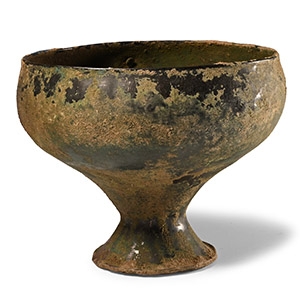

-s.jpg)
.jpg)
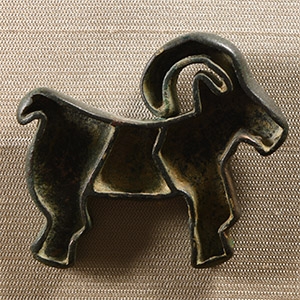
.jpg)
.jpg)
.jpg)
